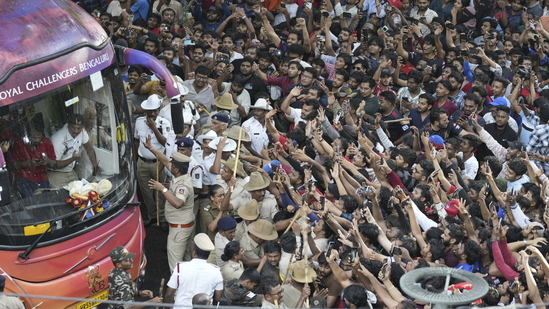Waqf Bill: Politics and Opportunism
The passage of the Waqf (Amendment) Bill, 2025, was expected
to be a challenge for the BJP-led government, given the sensitivities
surrounding the issue. However, the ease with which it sailed through both
houses of Parliament underscored not only the BJP’s numerical advantage but
also the opportunistic politics of several regional parties. The debate and
voting process laid bare the deep political fault lines and the shifting
priorities of parties that have traditionally built their support on minority
vote banks.
The Biju Janata Dal (BJD) found itself in an equally
uncomfortable position. Despite being a party known for its secular stance, its
support for the Waqf Bill created internal fractures. BJD has seven members in
the Rajya Sabha, three voted in support of the Bill, signalling an erosion of
party discipline under Naveen Patnaik’s leadership. The party’s official stance
was to oppose the bill. This has led to speculation about a growing rift within
the party and the possibility of members switching sides in the near future.
Having failed to win a single Lok Sabha seat in the last general elections, the
BJD now faces the additional challenge of maintaining its hold over its Rajya
Sabha members, some of whom may be re-evaluating their political affiliations.
Meanwhile, the bill sparked protests in West Bengal, with
Chief Minister Mamata Banerjee positioning herself as the strongest critic of
the legislation. She pledged that any future government under her influence
would amend or repeal the bill, a clear indication of her attempt to
consolidate Muslim support in the state. The political ramifications of the
Waqf Bill have thus extended beyond Parliament, with street protests and
internal party frictions.
In essence, the Waqf Bill’s passage has proven to be less
about ideological conviction and more about the calculations of political
survival. The strains within JD(U), BJD, and other parties highlight the
shifting ground in Indian politics, where minority vote banks remain a crucial
yet contested battleground.





















